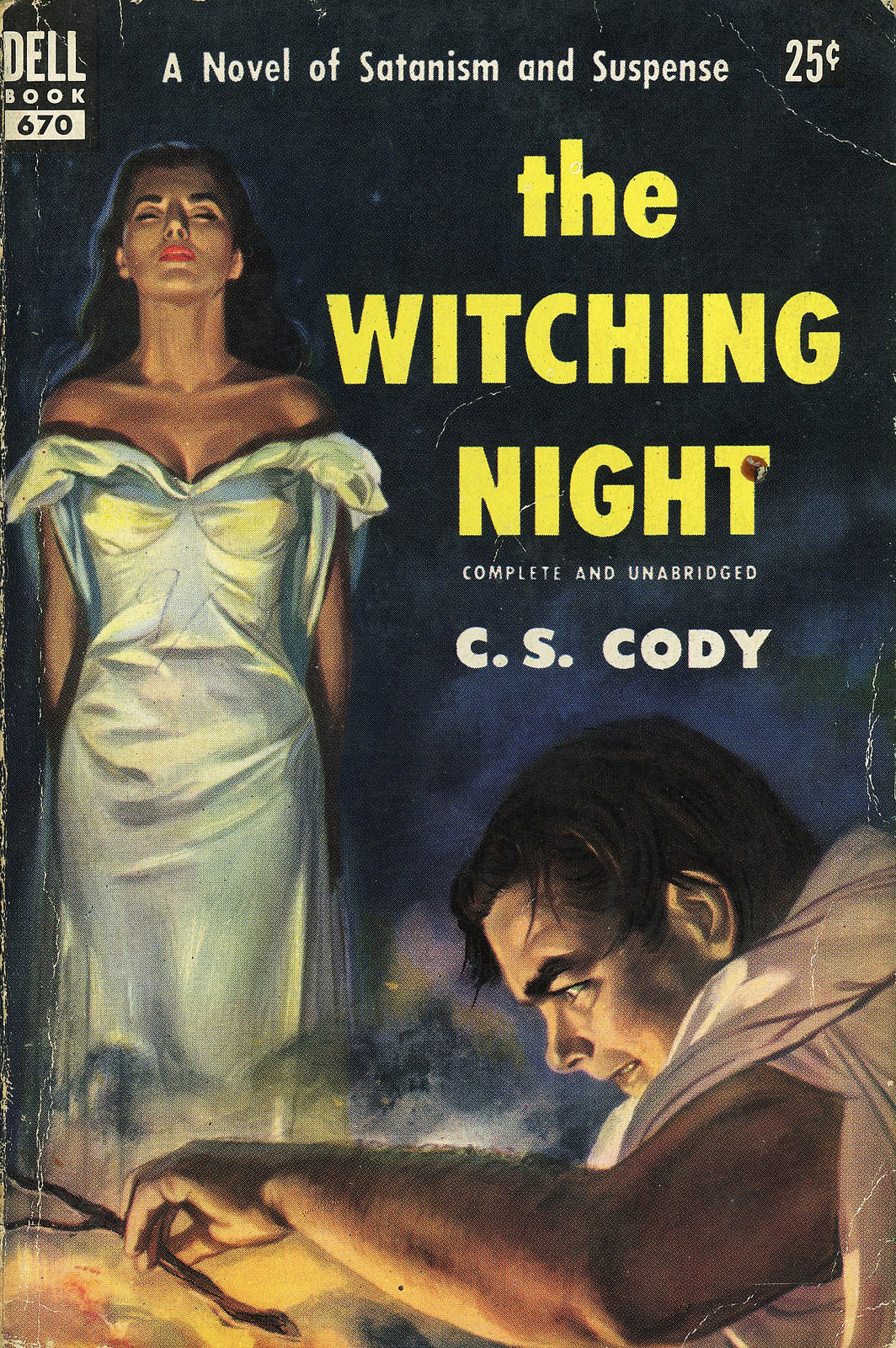People have different interpretations of what makes a campaign. Is it the entire story arch of the characters, or is it the 5 or more adventures needed to solve one major problem? Well, it's both actually. One campaign is about the character's growth and dealing with the trauma that made them an adventurer, but sometimes "THAR'S VILLAINY AFOOT!"
For this example, we'll focus on the "villainy afoot" campaign. Examples of this are every 5th Edition D&D campaign book.
As The Great GM would say, "It begins with a villain. He want something. But something is keeping him from getting it."
So our first building block is who the villain is, what's their plan, what's prevented him/her thus far from achieving it, and how long will the heroes have to stop them (Timers build suspense).
Once you've got that, you've got the plot. Now, how do you dole it out. How to you stretch this plot into multiple adventures. First, let me suggest that you don't plan on 3 years of epic adventures. Your players' attention spans may not last that long. Here's my recipe:
The First Adventure - The HEROES get hired to do SOMETHING. While doing this thing, they find another group at work. By the end of the first adventure, the player's should know that there is a shadowy group out there doing bad things. And most importantly - the players should hate these guys! I'm not saying tell the players to act like that. I mean get the players to hate these guys. You might have a good idea about the things that would upset your players: Terrorists, cowardly hostage takers, villains that kill puppies, bullies are always in fashion, stealing your player's spaceship is always a sure-fire rage-a-thon. Make your VILLAINs do the things your players despise. That makes your players invested in the story enough to actually care about the details.
The Second Adventure - The HEROES get hired to SOMETHING that once again crosses paths with the VILLAINS plans, or the players choose to take control to find out more about these VILLAINs. Maybe something leads them to another encounter with the bad guys doing SOMETHING the HEROES must stop. Again, take another opportunity to have the VILLAINs do something to make your players hate these guys. At the end of the second adventure, the heroes should have a name for this evil VILLAIN group, and a clue where to get more information about them.
Adventures Three and Four - The HEROES are following their clue. At the end of each adventure, they should have more knowledge about the villainous group. Mainly who they are, what they are after, and that the heroes are going to need to gather a couple of THINGS to get at the VILLAIN, either information that locates them, security keys to get at them, vehicles or an army to help them get passed the VILLAIN's forces, stuff like that.
Adventures Five and Six - The HEROES gather the THINGS they need to reach the VILLAIN and his base. These could be done in either order.
Adventure Seven - The HEROES face TRIALS getting to the VILLAIN's base.
Adventure Eight - The HEROES face the VILLAIN, but the villain has a new back plan to cause harm to the heroes or to the worlds at large. A new timer begins as the heroes must not only navigate the terrors of the VILLAIN's base, they must defeat the VILLAIN before time runs out!
And that my friends is a great campaign formula. It's not the only one, but it has never failed me yet.




